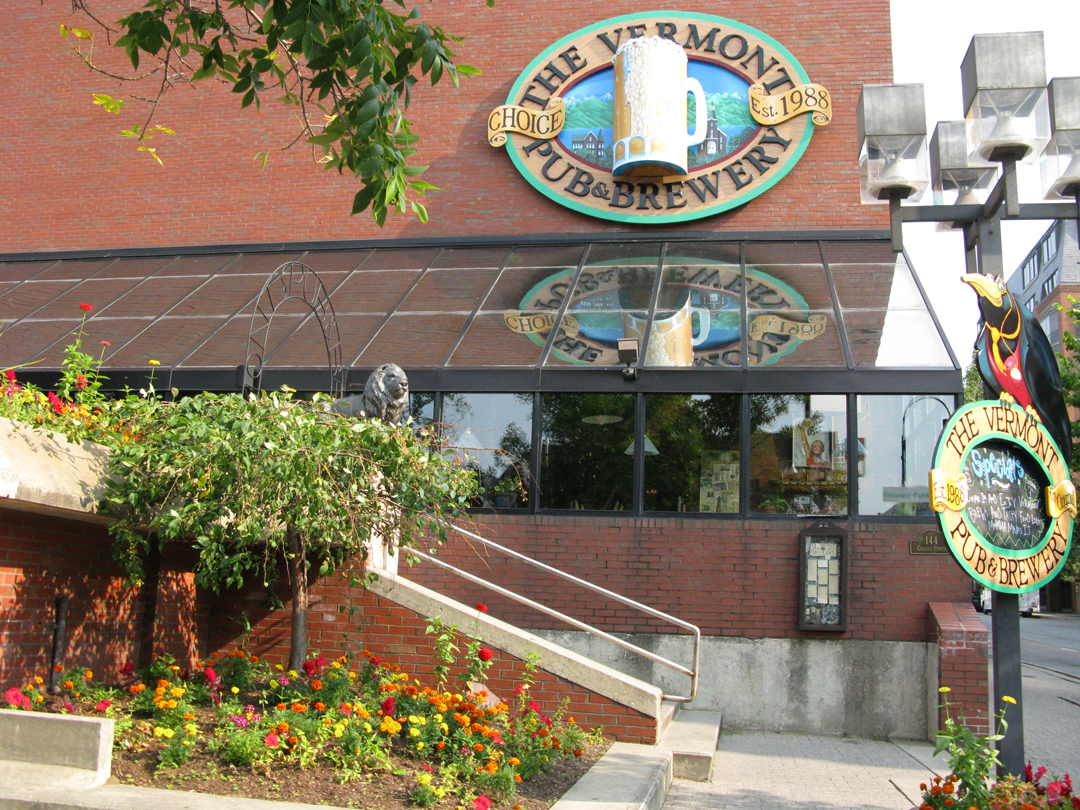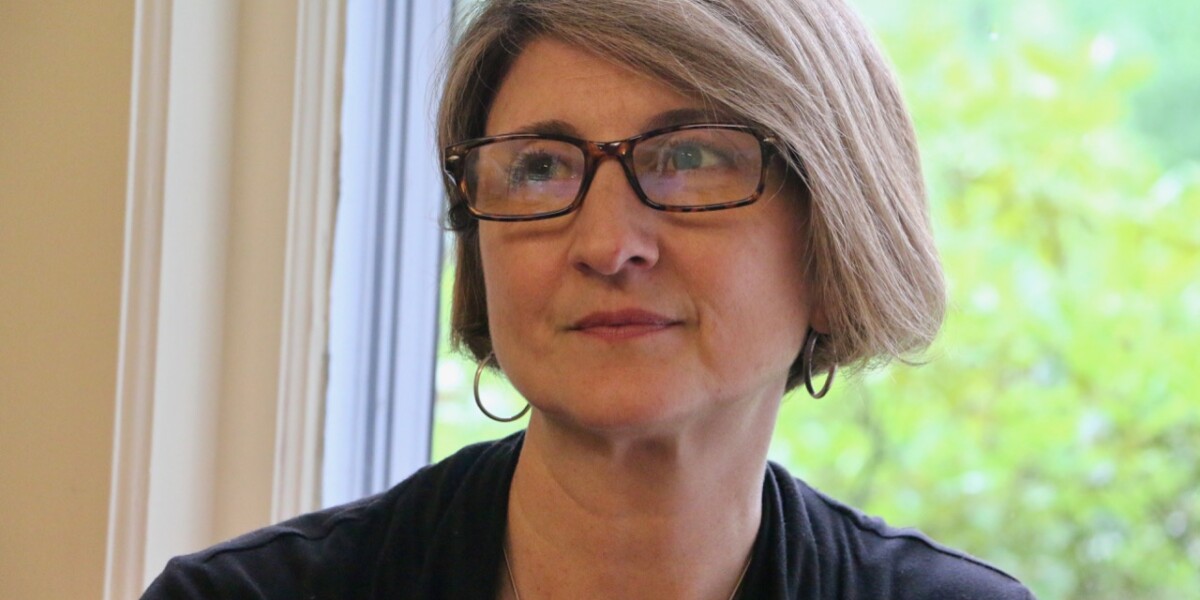By Sarah Tuff Dunn
Jack-of-all-trades, master of none?
No way. UVM lecturer Victor Rossi is more like a master of four trades, and a professional at one. His trades: drafting, metalworking, welding, and woodworking. His profession: teaching.
That makes Rossi, also fluent in the language of computer-aided design, the ideal Renaissance man behind the podium at the Engineering Academy, a unique precollege program presented by UVM for high school students interested in pursuing one of the hottest careers in the country.
A Growing Demand for Civil Engineers
The three-credit course is designed to showcase hands-on learning activities at UVM’s College of Engineering and Mathematical Sciences—drawing teenagers to tour the classrooms, labs, and new engineering building and gain a comprehensive understanding of the engineering profession.
“Demand for civil engineers is expected to grow by 20% by 2022,” says Rossi of the program’s immediate appeal to forward-thinking students. Having studied industrial sciences education before teaching computer-aided drafting and spending three decades at a keyboard, Rossi has not only four hands-on trades under his tool belt but also the hands-on experience to teach computer-aided design (CAD).
“I’ve done almost everything imaginable with computers,” says Rossi, who taught for a few years in public schools in the US Virgin Islands and Burlington before taking a position at UVM as a prototype model maker (“kind of a specialized machinist,” he says) and teaching computer-aided machining to students. He estimates he’s taught some 5,000 students CAD techniques, and some 1,000 how to program computer-aided manufacturing (CAM) machines. He also set up UVM’s Fablab, which includes 3-D printing and laser scanning and engraving.
Building Skills for a Future Career
Working with a teacher who’s done almost everything imaginable with computers helps open up the imaginations of young minds, reports Heather Palow, the program planner and advising specialist for UVM Continuing and Distance Education.
“We’ve had many inquiries about the Engineering Academy program, and students are starting to commit to spending time with us this summer,” she says.
“The class was both entertaining and intellectual” is among the feedback Rossi has received so far. “In addition, the course helped broaden my interest in an engineering career.” Another student reported that the UVM summer program “was an excellent opportunity to review subject material for my upcoming classes, to meet students and professors, and to experience living in a dorm temporarily.”
More permanent than those dorm stays is the potential for new buildings, bridges, hospitals, houses, and community resource solutions that are coming out of the precollege Engineering Academy, just by equipping young students with the skills to address aging infrastructure.
As the Bureau of Labor Statistics reports in its Occupational Outlook Handbook of computer-aided engineering, “Job prospects may be best for those who stay abreast of the most recent advantages in technology.”
And in a 2015 survey by the Business Advantage Group, researchers discovered that 3-D printing is expected to grow 110% in the engineering profession this year. That leaves Rossi, he says, with a “positive feeling about what we are doing here.”
Interested in the UVM Engineering Academy? Learn more at learn.uvm.edu/precollege.
-Sarah Tuff Dunn is a freelance writer and editing from Shelburne.




